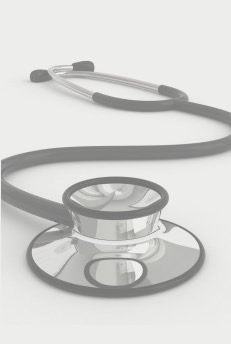
Temporomandibular joint (TMJ) dysfunction has been largely ignored for many years. However today, the importance of TMJ disorders in the everyday life of the general population is gaining recognition. On looking at these problems more closely, it is obvious that they are in fact very common and we now have a better understanding of both their causes and treatment. TMJ dysfunction is still a condition that often goes undiagnosed, either due to a lack of understanding of the condition itself or because pain may be referred to other areas, such as the ear, neck, jaw, head or spine and shoulder girdle.
Definición
The term temporomandibular or craniomandibular dysfunction (CMD) embraces a number of clinical problems affecting the:
- Masticatory musculature
- Temporomandibular joint
- Associated structures
Like all joints, the TMJ may be affected by traumatic, functional, inflammatory, degenerative, hereditary and developmental conditions. Functional conditions are closely related to the masticatory muscles and teeth.
Stress-related teeth grinding, daytime and night-time (BRUXISM), certain bad habits like nail biting, cheek biting, chewing objects, chewing gum, etc. (PARAFUNCTIONS), joint hyperlaxity or hypermobility and severe malocclusions are factors affecting disorders of this joint.
The most common intra-articular symptoms are impaired mobility and displaced meniscus or disc. Diseases affecting the joints can also affect the TMJ. The most common symptom of TMJ dysfunction is pain localized to the joint and/or masticatory muscles.
Other common symptoms are limited mouth opening and/or other movements and noises made by the joint. There may also be discomfort in other areas, such as the ear and jaw, along with headache and pain in the back and neck (cervical).
Diagnóstico
Signs and symptoms that may suggest or point to CMD are:
- Difficulty and/or pain when opening the mouth (yawning, etc.).
- Locked or dislocated jaw.
- Difficulty and/or pain when chewing and talking.
- Sounds or clicking when opening or closing the mouth or chewing.
- Stiffness or tightness and aching around the jaws.
- Pain in or around the ears or sinuses.
- Frequent headaches, neck pain or toothache.
- Bite changes. Sensitive and worn teeth.
- Chronic neck and back pain with no apparent cause.
Tratamiento
- Drugs (NSAIDs, muscle relaxants, etc)
- Rehabilitation (electrotherapy, manual therapy, education on habit and diet modification, exercise, posture correction, etc.)
- Occlusal treatment (Splints, prostheses, orthodontics, etc.)
- Arthrocentesis (Lavage, injections, etc.)
- Diagnostic arthroscopy and arthroscopic surgery (biopsy, breaking of adhesions, removal of loose bodies, meniscus replacement, etc.)
- Orthognathic surgery and conventional surgical techniques
- Psychology/Psychiatry (Treatment for stress and habitual teeth-clenching)
The symptoms of CMD often abate or get worse as they are processes that vary according to each individual's circumstances: stress. Most people may have clicking in their TMJs that will remain stable or subside with habit and diet education, stress control and, if necessary, with the aid of a splint. Occlusal splints will also be useful in inflammatory and degenerative conditions to reduce jaw tension and in post-operative care following arthroscopic surgery.
Arthroscopic surgery allows us to resolve clinical conditions in which conservative treatment is inadequate with minimally-invasive surgery. Arthroscopy also plays a diagnostic role. The less developed this condition is, the better the response to treatment. In addition to treating the symptoms, it is necessary to control trigger factors and stress to get good results.

